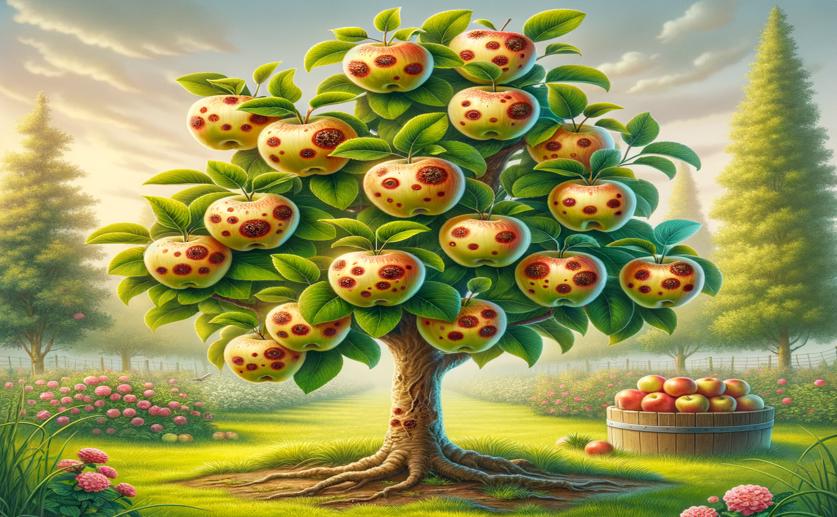
Understanding Apple Blotch Disease: Appearance, Impact, and Genetic Traits
Greg Howard
26th May, 2024

Image Source: Natural Science News, 2024
Key Findings
- Researchers studied Alternaria isolates from apple orchards in Himachal Pradesh to understand their diversity and disease-causing potential
- They found significant differences in the size, shape, and structure of the fungal spores among the isolates
- Genetic analysis showed that these isolates are closely related to known Alternaria species, suggesting a common origin or introduction from similar environments
References
Main Study
1) Characterization of Alternaria blotch disease of apple in Himachal Pradesh, India: insights on morphology, pathogenicity, and molecular features.
Published 25th May, 2024
https://doi.org/10.1007/s11033-024-09625-z
Related Studies
2) Morphological and Molecular Characterization of Alternaria Species Causing Leaf Blight on Watermelon in China.
3) Morphological and Molecular Characterization of Some Alternaria Species Isolated from Tomato Fruits Concerning Mycotoxin Production and Polyketide Synthase Genes.
4) Alternaria redefined.



 24th May, 2024 | Jenn Hoskins
24th May, 2024 | Jenn Hoskins